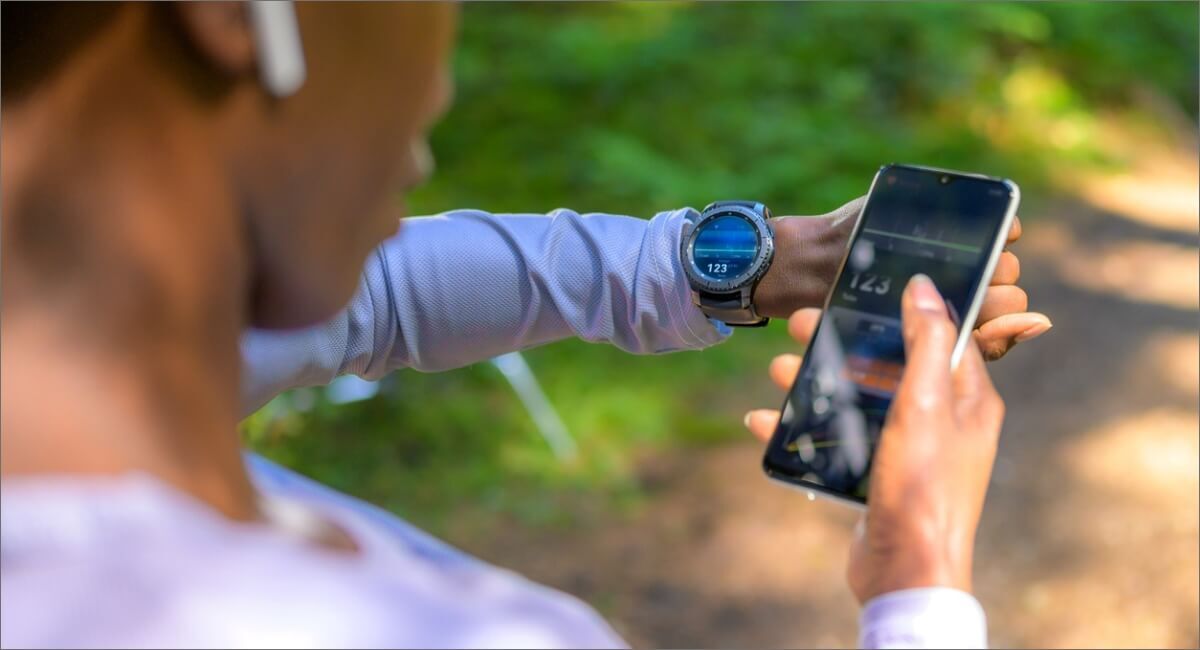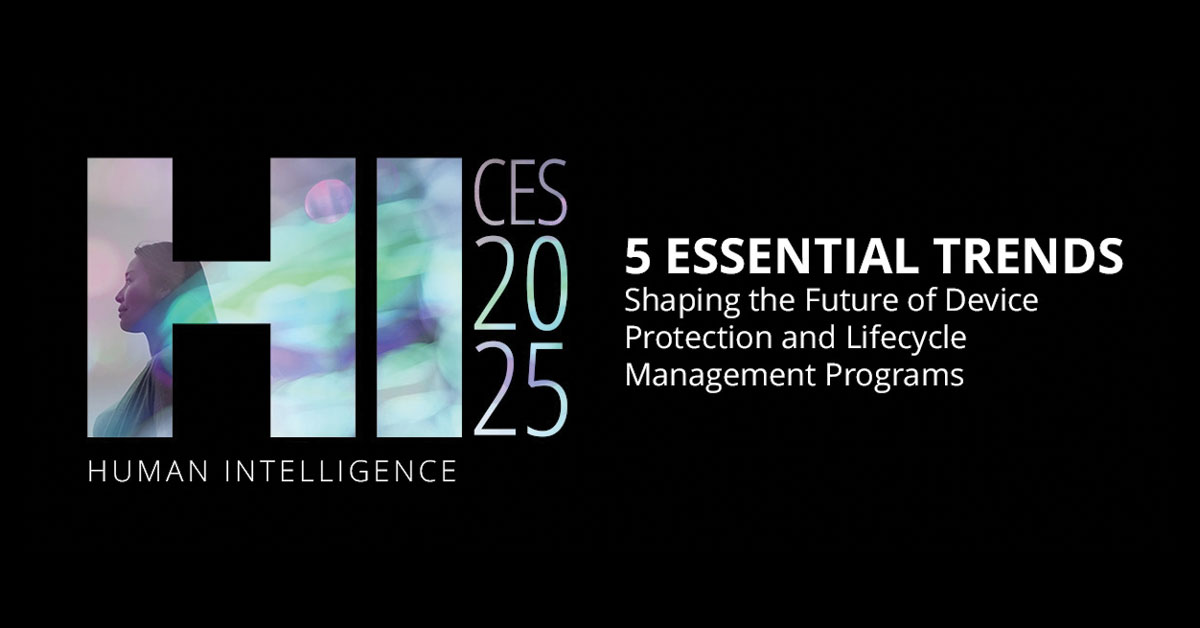Smartphones have traditionally dominated the connected devices marketplace, but now the growing popularity of hearables and wearables is also making its mark. The global wearables market size was estimated at $85 billion in 2021 and is projected to grow to $170 billion by 2027. The hearables market is expected to expand from $28 billion in 2021 to $96 billion in 2030.
With the influx of hearable and wearable products hitting the market OEMs, carriers, retailers, and cable operators should seize the opportunity to bring the next generation of smartwatches and wireless earbuds to a more diverse audience. And with the dynamic growth of these markets, the thriving secondary device ecosystem is taking what it’s learned from smartphone refurbishing and recycling, then applying this knowledge to hearable and wearable product offerings.
The growth of mobile networks, the steady spread of 5G, high-speed data transfers, and miniaturized microprocessors have all enabled the development of the technology that is foundational to hearable and wearable functionality. In this new world of ubiquitous connectivity and relentless technological innovation, the connected consumer is king. Where smartphones were once the epicenter of a connected lifestyle, the next era of interconnectedness is going to see this evolve with greater use of AI and the internet of things (IoT). Wearable technology plays an increasingly central role in a larger tech ecosystem that gathers, monitors, and collects data to enhance people’s daily lives, particularly when it comes to managing their well-being.
We also see hearable product offerings gaining traction with a variety of consumers, particularly as the underlying technology becomes increasingly sophisticated. Longer battery life, ease of use, outstanding sound quality, active noise cancelation, and an extremely ergonomic design are the cumulative progress of many years of R&D investment from market leaders like Apple and Samsung along with smaller, less well-known players. And it’s the subsequent underlying product quality and durability of these offerings which makes them perfect for the secondary device industry to give them the opportunity of a second life.
Sustainability and climate responsibility are top of mind for many consumers who are increasingly contemplating the lifespan of their electronic devices. Many are questioning what more can be done to reduce the amount of toxic e-waste that finds its way into landfills each year. According to Waste Electronic and Electrical Equipment (WEEE), one of the main reasons for the explosion of e-waste worldwide is the high consumption rate of electronics combined with consumers who don’t know what to do with the products they are replacing. In this context, applying the circular economy principles to hearable and wearable products provides another opportunity to mitigate our collective environmental impact. That’s why circular programs like device trade-in are a welcome approach to get more devices circulated back into the market while encouraging conscious consumption.
It is now an opportune moment to reflect on how to accelerate the hearable and wearable secondary market. Taking the firmly established secondary device market for smartphones as the blueprint, it’s time to cultivate and grow the ecosystem that brings reconditioned hearables and wearables to a much wider audience. This means refurbished and tested products that are graded and ultimately resold to consumers at affordable price points.
Today, the commercial networks and technical infrastructure already exist and can be scaled-up further to accommodate a broader range of products. OEMs, carriers, retailers, and cable operators should then be encouraged to promote trade-in with consumers when they are upgrading their current hearables and wearables, just as they currently do with smartphones.
Not only will extending the lifespan of these connected devices have a beneficial environmental impact, but it gives consumers access to such offerings who otherwise might not be able to afford them.






